There is a better way to share files than email attachments.
When you send a file to someone, you automatically attach the file to an email. For decades, it was the only way to send a file to a contact, partner or lead. But there is now a far better way to share files that keeps you in control of what happens to your file once it has been sent.
See, when you send a file as an attachment, what you are actually sending is a copy of your file. The recipient gets the whole file to do what they please. They can edit it, send it to others, and if it is a proposal, "shop it around" to other companies you are competing with for the business. They can do what they like for as long as they have the file.
The file you sent is sitting on their computer system, so they have custody, and you will have to rely on them to keep that file safe. We know that most small to mid-size businesses in the UK don't have professional IT support - so do you want a copy of your bank statement, passport, or payroll sitting on their computer system with no oversight and most likely very lax security? You don't, and that's why you should be sharing differently.
How you should be sharing files.
Our clients all use Google Workspace by Kimbley IT. With this service, they get access to Google Drive, which allows them to store all their data, and when we say all, we mean all! They get 5TB of space per team member!
So, with their files stored in Google Drive, they can share them using links. Permissions can be set on these links, so you can control what the recipient can do with the file. For example, you could put the file so they can only view the contents but not edit or download it. Or you may need to collaborate on the file; in that case, you could set the file to be editable, and then you both can work on the file in real-time - still without needing the recipient to download the file or duplicates and different versions getting made.
When you have completed sharing the file and the file no longer needs any more work done, you can revoke the recipient's access to the file—keeping the file under your custody and your security requirements.
At Kimbley IT, we share our proposals in this manner; it allows us to keep control of the proposal, ensure no changes get made once it has been sent, and revoke access if the deal doesn't complete. Like you, a lot of effort is put into our proposals, and we don't want a lead who decided not to partner with us to use our proposal and then show others what we were offering so that they can try and undercut our price and provide a subpar service.
The image below exemplifies a lead wanting to share our proposal. Six months after our final contact, Google Drive alerted us that they were trying to access this proposal - we'd removed their access. We emailed, and it turned out things had not worked out with the cheaper IT support provider they'd gone with, and they wanted to see our proposal to compare it with new quotes.
If we'd emailed the proposal to them as a traditional attachment, we'd never have been alerted that they were looking at it, they would have an outdated proposal, and we’d never have known there was a new opportunity to offer our support services.
TLDR: When you send a traditional email attachment, you're giving away your IP. You're keeping control of your IP when you share it through Google Drive.
How your business can start using Google Drive.
Kimbley IT is a longtime Google partner, and with decades of experience, we can help set up your Google Drive, so it works perfectly for you and your team. While keeping your team up to date with every new feature as it rolls out and assisting them in working more efficiently.
Book a video call below to learn more about using Google Drive in your business.

